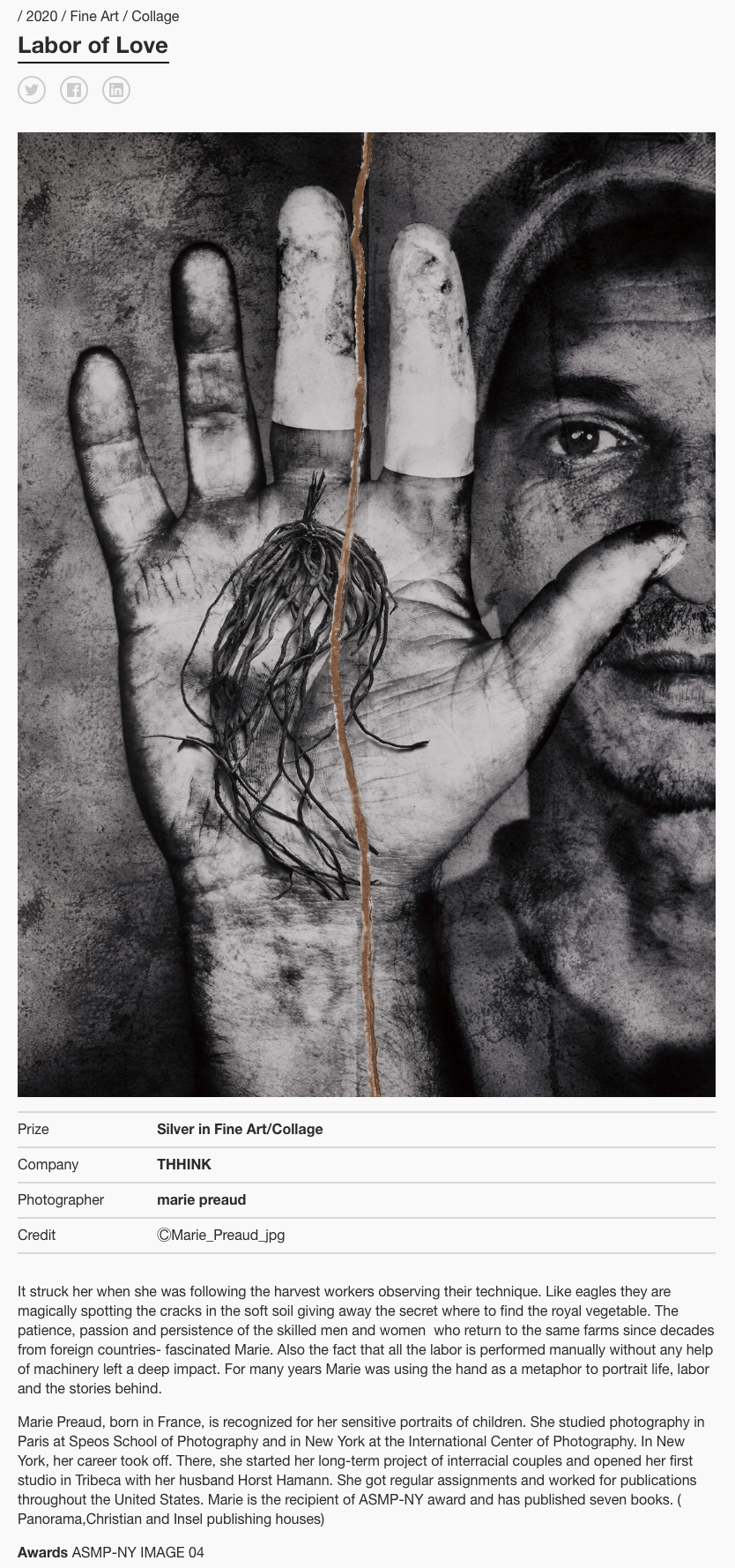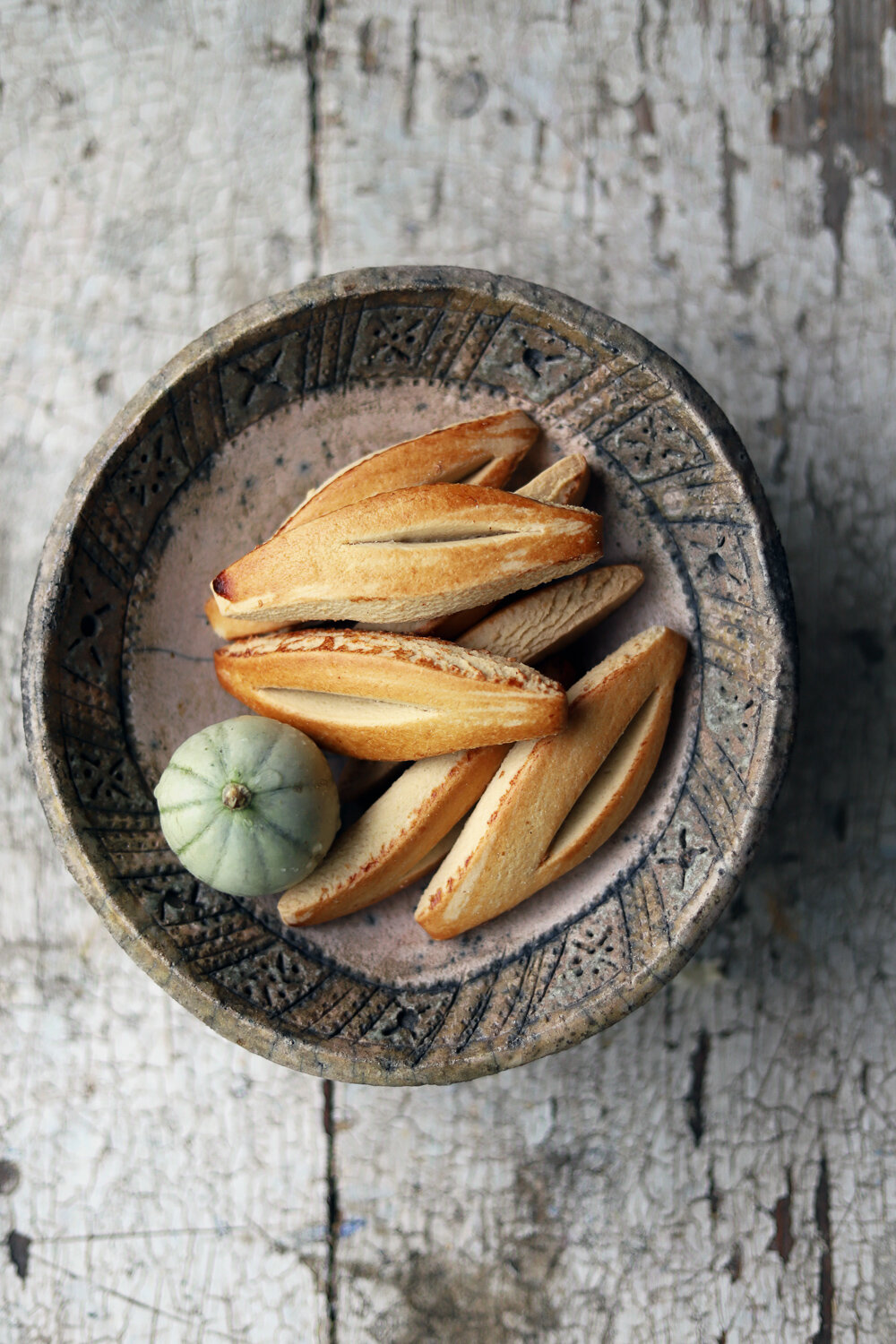Découvrez comment la Food Photographie peut transformer votre cuisine en œuvre d'art. Techniques, conseils et secrets pour chefs exigeants et passionnés de haute gastronomie.
La Food Photographie est plus qu'une simple capture de plats appétissants; elle est l'art de raconter l'histoire et de transmettre la passion derrière chaque création culinaire. Dans le monde compétitif de la haute gastronomie, où chaque détail compte, la photographie devient un outil indispensable pour les chefs désireux de mettre en valeur leur art et de séduire leur clientèle avant même la première bouchée.
L'importance de la photographie dans la haute gastronomie ne saurait être sous-estimée. Elle sert de pont visuel entre le chef et ses convives, transformant des plats en véritables œuvres d'art qui éveillent les sens et invitent à la découverte. Une photographie réussie capture l'essence même de la cuisine : ses textures, couleurs, et même les histoires des ingrédients et des traditions qui se cachent derrière chaque recette. Elle joue un rôle crucial dans la communication de l'identité d'un restaurant ou d'un chef, contribuant à bâtir une image de marque forte et reconnaissable.
1. Comment la photographie raconte l'histoire de votre cuisine?
À travers elle, les chefs ont l'opportunité de partager leur philosophie culinaire, d'exprimer leur créativité et de révéler les coulisses de leur art. Que ce soit pour illustrer un menu, enrichir un site web ou alimenter les réseaux sociaux, les images culinaires de qualité incitent à l'exploration gustative et attirent les gourmets à la recherche d'expériences uniques.
Dans ce contexte, la maîtrise de la Food Photographie devient un atout précieux pour tout chef aspirant à l'excellence. Elle nécessite une compréhension fine de la composition, de la lumière, et une capacité à capturer non seulement la beauté d'un plat, mais aussi son âme.
2. Les techniques essentielles en Food Photographie
La réussite en Food Photographie repose sur une maîtrise des techniques fondamentales, qui permettent de capturer non seulement le plat mais l'expérience culinaire qu'il propose. Au cœur de ces techniques se trouvent la composition et la mise en scène, ainsi que la gestion de la lumière, des aspects essentiels pour créer des images captivantes et appétissantes.
Composition et mise en scène culinaire
La composition est l'art d'organiser les éléments d'un plat de manière esthétique et harmonieuse dans le cadre de l'image. Cela commence par le choix du bon angle, qui varie selon le plat : une vue de dessus pour un plat composé ou une angle latéral pour mettre en valeur les superpositions d'un mille-feuille, par exemple. L'utilisation judicieuse de l'espace négatif, c'est-à-dire l'espace vide autour du sujet, peut également accentuer la présentation du plat, en dirigeant l'attention là où elle est nécessaire.
La mise en scène ajoute une dimension supplémentaire à la photographie gastronomique, en intégrant des éléments qui racontent une histoire ou évoquent une ambiance. Que ce soit par l'ajout d'ingrédients bruts à côté du plat fini, l'utilisation de couverts élégants, ou la sélection de textures et couleurs de fond, chaque détail contribue à l'atmosphère générale de la photo.
Gestion de la lumière pour sublimer vos plats
La lumière est le pilier de toute photographie, et en gastronomie, elle fait toute la différence entre un plat ordinaire et une création qui semble jaillir de l'image. La lumière naturelle est souvent préférée pour sa douceur et son authenticité, idéale pour mettre en valeur la fraîcheur et les couleurs véritables des aliments. Cependant, savoir manipuler la lumière artificielle est également crucial pour les prises de vue en intérieur ou pour créer des effets spécifiques.
L'orientation et la qualité de la lumière doivent être soigneusement contrôlées pour éviter les ombres dures ou les reflets indésirables qui pourraient masquer les détails d'un plat. L'utilisation de réflecteurs ou de diffuseurs peut aider à adoucir la lumière et à révéler la texture et la profondeur des aliments photographiés.
3. La Food Photographie en pratique
La mise en pratique de la Food Photographie nécessite une attention particulière aux détails qui font ressortir le caractère unique de chaque plat. La capacité à capturer les textures et les couleurs, ainsi que l'application de techniques pour obtenir des photos vibrantes, sont essentielles pour créer des images qui invitent à la dégustation.
Capturer les Textures et Couleurs en Cuisine
La texture et la couleur sont les éléments qui donnent vie à un plat photographié. La texture peut être soulignée par un éclairage latéral, qui crée des ombres douces et révèle la profondeur et la complexité d'un plat, qu'il s'agisse de la croûte croustillante d'un pain, de la douceur veloutée d'une crème, ou de la fraîcheur juteuse des fruits de mer.
Quant aux couleurs, elles doivent être rendues de manière fidèle et éclatante. Un bon équilibre des blancs est crucial pour éviter les teintes jaunâtres ou bleutées non désirées. La saturation peut être légèrement augmentée en post-production, mais avec parcimonie pour conserver un aspect naturel. Jouer avec les contrastes de couleurs des plats et de leurs accompagnements ou décors peut aussi ajouter une dimension visuelle captivante à la photographie.
Astuces pour des photos culinaire vibrantes
Pour obtenir des images qui semblent littéralement sauter de l'écran ou de la page, plusieurs techniques peuvent être employées. L'une des plus importantes est de travailler rapidement après la préparation du plat, pour capturer l'aspect le plus frais et le plus attrayant des aliments. L'utilisation de vaporisateurs d'eau pour ajouter une touche de rosée sur les légumes ou les fruits, ou le chauffage partiel d'éléments pour qu'ils semblent tout juste sortis du four, peut augmenter l'attrait visuel.
Le choix du fond et du contexte joue également un rôle primordial. Des fonds neutres permettent de mettre en évidence le plat lui-même, tandis que des contextes soigneusement choisis peuvent raconter une histoire ou évoquer une ambiance spécifique. Par exemple, une planche en bois rustique peut suggérer une cuisine traditionnelle et authentique, tandis qu'une surface métallique moderne évoquera une cuisine plus avant-gardiste.
Conclusion
L'intervention d'un photographe professionnel dans la Food Photographie transcende la simple capture d'images attrayantes de plats. Elle apporte une vision artistique et technique capable de métamorphoser la présentation culinaire en une véritable expérience visuelle.
Un photographe spécialisé en gastronomie sait comment raconter l'histoire derrière chaque plat, en mettant en lumière non seulement ses qualités esthétiques mais aussi l'essence de la marque et la philosophie du chef. Grâce à une maîtrise approfondie des techniques de composition, d'éclairage, et de mise en scène, il révèle la texture, la couleur, et l'atmosphère qui rendent chaque création unique.
En définitive, la Food Photographie joue un rôle clé dans le succès d'un établissement culinaire, en transformant les plats en œuvres d'art qui séduisent les yeux avant même que les saveurs n'atteignent le palais, renforçant ainsi l'identité de marque et l'attrait global du restaurant ou du chef.













